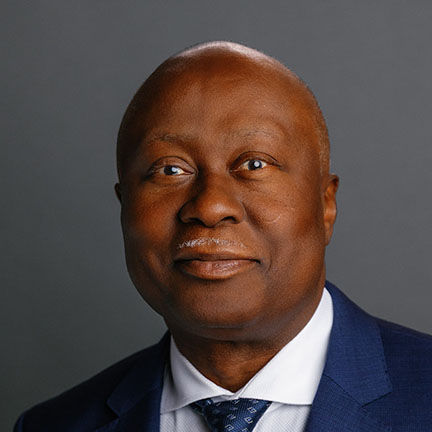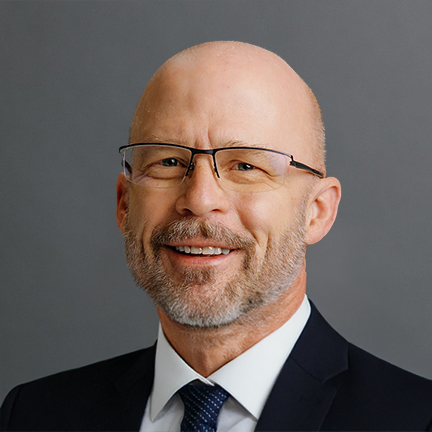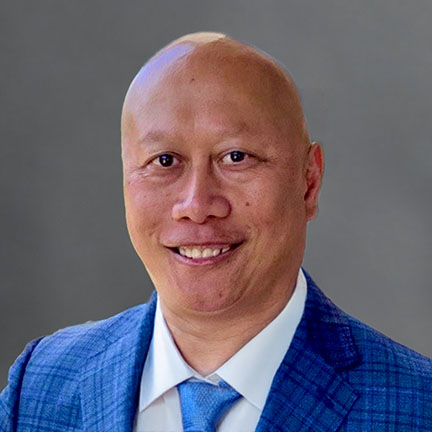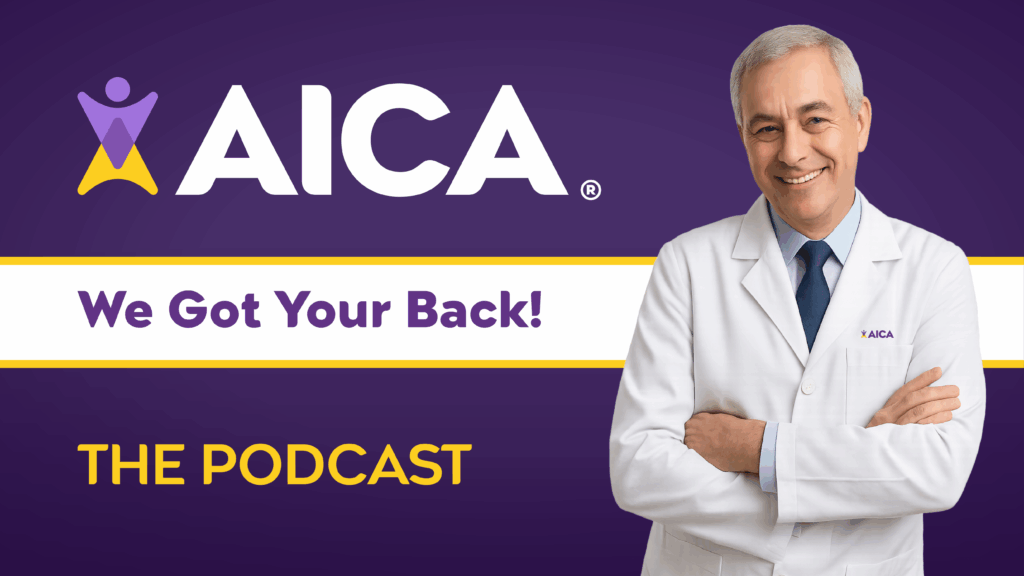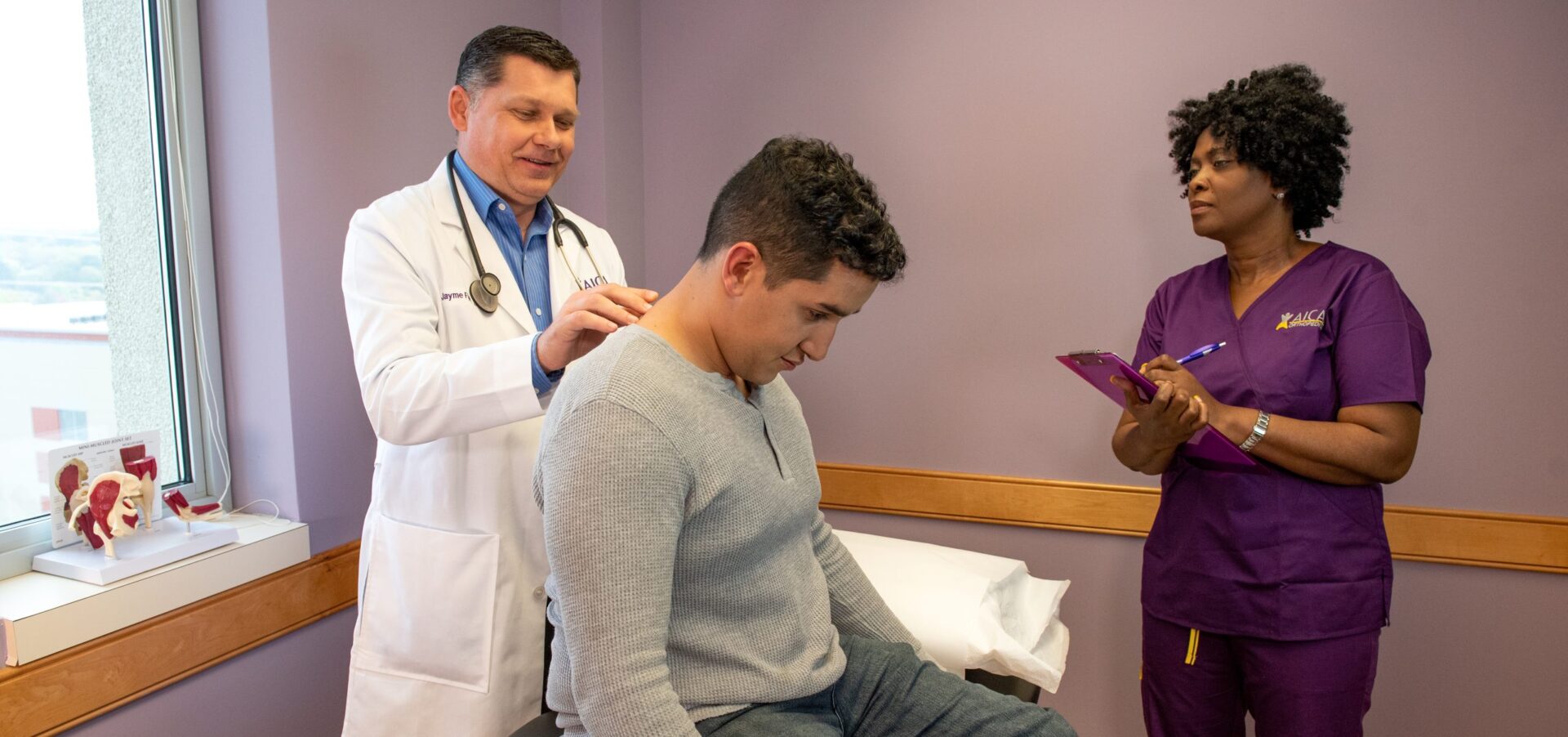
Back Surgeons
Find Atlanta Back Surgeons Near You at AICA
Back Surgeons Specializing in Accidents and Injuries
Back pain can significantly disrupt daily life, making routine activities challenging and diminishing overall well-being. At AICA Orthopedics, our team of experienced back surgeons is dedicated to providing comprehensive, patient-centered care to address a wide range of spinal conditions. Utilizing advanced diagnostic tools and innovative treatment options, we aim to alleviate your discomfort and restore your mobility.
We understand that each patient’s experience with back pain is unique. Our approach involves personalized treatment plans tailored to your specific needs, ensuring that you receive the most effective care possible. Whether you’re dealing with a recent injury or a chronic condition, our goal is to help you return to the activities you love with improved function and reduced pain.
Meet AICA’s Back Surgeons
What Does a Back Surgeon Do?
Back surgeons are experts in diagnosing and treating spinal conditions, both surgically and non-surgically. They focus on addressing issues such as herniated discs, spinal stenosis, degenerative disc disease, and more. By understanding the unique structure and function of the spine, back surgeons aim to alleviate pain, restore mobility, and improve overall quality of life.
At AICA Orthopedics, our back surgeons take a multidisciplinary approach to care. Working alongside neurologists and physical therapists, they develop treatment plans tailored to your needs, ensuring you receive the most effective care available.
Signs You May Need to See a Back Surgeon
If you’re struggling with back pain that won’t go away, a back surgeon may be able to help. Signs that it’s time to consult a specialist include:
- Chronic back pain lasting longer than six weeks.
- Pain that radiates to your legs or other areas of the body.
- Numbness, tingling, or weakness in your arms or legs.
- Difficulty walking or standing for long periods.
- Loss of bladder or bowel control, which may indicate a serious condition.
These symptoms can point to underlying spine issues that require expert diagnosis and treatment. Don’t wait—early intervention can make a significant difference in your recovery.
Common Back Conditions Treated by Our Surgeons
Our experienced back surgeons treat a variety of spinal conditions, including:
- Herniated Discs: Displacement of spinal disc material that presses on nearby nerves, causing pain and numbness.
- Spinal Stenosis: Narrowing of the spinal canal that leads to nerve compression and mobility challenges.
- Degenerative Disc Disease: Wear and tear on spinal discs that causes chronic pain and stiffness.
- Scoliosis: Abnormal curvature of the spine, often leading to discomfort and reduced range of motion.
- Sciatica: Pain radiating from the lower back down one or both legs due to nerve irritation.
Each condition is unique, which is why we prioritize personalized treatment plans designed to meet your specific needs.
Non-Surgical Treatment Options Before Surgery
At AICA Orthopedics, we believe in exploring non-surgical spine care options to manage back pain before considering surgery. These treatments are tailored to each patient’s needs and may include:
- Physical Therapy: A structured program of targeted exercises designed to strengthen the muscles supporting your spine, improve posture, and increase flexibility. Physical therapy can help alleviate pain, restore function, and reduce the risk of further injury.
- Pain Management: Techniques such as epidural steroid injections, nerve blocks, or anti-inflammatory medications are used to reduce swelling, inflammation, and nerve irritation, providing relief from persistent back pain.
- Chiropractic Care: Gentle spinal adjustments are performed to realign the vertebrae, improve spinal health, and alleviate pressure on nerves. Chiropractic care is often effective in reducing back pain and enhancing mobility.
- Cold Laser Therapy: A non-invasive treatment that uses low-level laser light to reduce inflammation, promote tissue repair, and stimulate healing at the cellular level. This therapy is especially effective for treating soft tissue injuries and chronic pain conditions.
- Physiotherapy: This comprehensive approach focuses on using manual therapy, heat or cold therapy, and advanced modalities like ultrasound to reduce pain and improve function. Physiotherapy also emphasizes patient education to prevent recurring issues.
For many patients, these non-surgical approaches provide significant relief, delaying or even eliminating the need for surgery while improving overall quality of life.
Types of Back Surgeries We Offer at AICA
When non-surgical treatments are not enough, our expert back surgeons provide advanced surgical options tailored to your needs. These include:
- Discectomy: Removes the damaged portion of a herniated disc pressing on nerves to relieve pain, numbness, and weakness, often used to treat sciatica.
- Laminectomy: Removes part of the vertebra (lamina) to reduce spinal cord or nerve compression, improving mobility and reducing pain caused by spinal stenosis.
- Spinal Fusion: Permanently joins two or more vertebrae to stabilize the spine and reduce pain caused by conditions like degenerative disc disease.
- Minimally Invasive Spine Surgery (MISS): Uses small incisions and specialized tools for procedures like discectomies and laminectomies, resulting in quicker recovery and less post-operative pain.
Our team evaluates your condition and recovery goals to recommend the best surgical approach, focusing on precision and effective outcomes.
Top Back Surgeons in Atlanta: Personalized Care for Your Spine
At AICA Orthopedics, we take pride in providing comprehensive care under one roof. Our team of back surgeons, neurologists, and physical therapists collaborates to deliver personalized treatment plans that address your specific needs. With 20 locations across Atlanta, accessing expert care has never been more convenient.
We understand the emotional and physical toll of living with back pain. That’s why we’re committed to guiding you through every step of your recovery, from diagnosis to treatment and beyond.
If you’re searching for “back surgeons near me,” trust AICA Orthopedics to deliver the care you need. Our expert team is here to help you find relief and regain your quality of life. Contact us today to schedule your consultation and start your journey to recovery.
